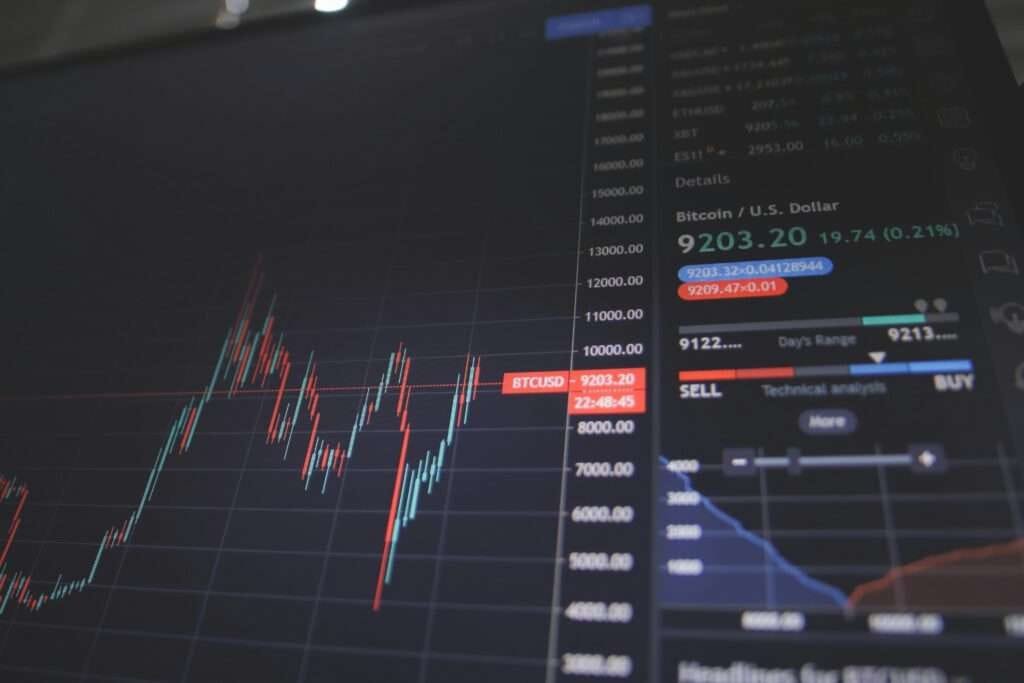The U.N.’s new $300 billion climate finance proposal has become a flashpoint in global climate discussions, igniting both hope and frustration. Here’s a deeper dive into the details, controversies, and broader implications of this monumental deal.

Understanding the U.N. Climate Deal
At its core, the U.N. climate deal proposes to provide $300 billion annually to help poorer nations transition to greener economies, build climate resilience, and recover from climate-related disasters. It’s part of a larger acknowledgment that developing nations, though the least responsible for emissions, bear the brunt of climate change.
This funding aims to bridge the economic gap between rich and poor nations, enabling vulnerable countries to address rising sea levels, extreme weather, and environmental degradation. While it sounds promising, the details reveal a more complex picture.
Why $300 Billion Sparks Debate
Let’s put the $300 billion into perspective. While it’s a staggering amount, experts estimate that developing nations require at least $1.3 trillion annually to effectively combat climate challenges. The proposed figure falls short of this target by over a trillion dollars.
Critics argue that this funding, while helpful, barely scratches the surface of the need. For example, small island nations and low-income countries face existential threats from climate change. They emphasize that inadequate funding compromises their ability to protect their populations and environments.
Loans vs. Grants: The Debt Dilemma
A major contention lies in how the funds will be distributed—loans versus grants. Many developing nations fear that relying on loans could deepen existing debt crises. They advocate for grants, which don’t require repayment, as a more equitable solution.
Michai Robertson, a climate negotiator for the Alliance of Small Island States, summed it up by stating, “Loans are just a nice way of saying more debt.” This sentiment resonates with nations already grappling with limited resources and mounting financial obligations.
On the other hand, some proponents highlight the power of leveraging loans to attract private investment. Every dollar invested in a multilateral development bank could potentially unlock $16 for green projects, though this approach has its limits when addressing immediate disaster recovery needs.
The Divide Between the Global North and South
The climate deal has once again exposed the growing divide between wealthy and developing nations. Rich nations, often the largest historical emitters, are perceived as shirking their moral responsibility.
The Global South argues that they’re paying the price for a problem they didn’t create. As India’s junior environment minister put it, “The global south is bearing a huge financial burden… severely limiting our capacity to meet developmental needs.” This disparity intensifies the mistrust between negotiating parties.
The Role of Private Sector Financing
One proposed solution is leveraging public funds to attract private financing. By using guarantees or subsidies, private investors can be encouraged to back climate-friendly projects. This approach could potentially amplify the impact of public funds, providing much-needed resources for transitioning to renewable energy and improving infrastructure.
However, private financing has limitations. When it comes to compensating nations devastated by climate change, such as those hit by hurricanes or floods, loans and investments are ineffective. These scenarios require direct financial aid or grants to rebuild.
Political Roadblocks
Achieving consensus on climate finance has been fraught with political challenges, particularly in wealthier nations. For example, in the U.S., political resistance to international aid often stems from concerns over transparency, accountability, and prioritizing domestic needs.
Additionally, lobbying efforts by fossil fuel industries and conflicting interests among countries complicate negotiations. The failure to agree on comprehensive fossil fuel phase-outs at past climate summits underscores these challenges.
What’s at Stake?
The stakes couldn’t be higher. Without adequate funding, the world risks falling short of the Paris Agreement’s goals to limit global warming to 1.5°C. This shortfall would have catastrophic consequences, particularly for vulnerable populations.
Small island nations face rising seas that could render them uninhabitable. Communities across Africa, Asia, and Latin America are grappling with prolonged droughts, crop failures, and intensifying storms. These challenges exacerbate inequalities, deepen poverty, and threaten global stability.
Moving Forward: The Road to Action
Despite its limitations, the $300 billion climate deal represents a critical step toward addressing climate justice. It acknowledges the urgent need for collaboration and sets a framework for future commitments.
To build trust, wealthy nations must follow through on their promises, ensuring that funds are accessible, equitable, and transparent. Developing nations, on their part, should continue advocating for fair terms and greater inclusion in decision-making processes.
Final Thoughts
The U.N. climate deal is both a beacon of hope and a reminder of the work still to be done. It’s a call for collective action, urging us to recognize that climate change transcends borders.
By addressing the funding gaps, bridging divides, and prioritizing the needs of the most vulnerable, we have the opportunity to create a more sustainable and equitable future. The question is: Will we rise to the challenge?
References
- UN Climate Deal Overview
Learn about the $300 billion fund aimed at helping developing nations manage climate challenges.
More insights on Reuters. - Role of Private Investment
Discover how public funds might attract private financing to scale green projects.
Analysis by AP News. - Global North-South Divide
Examine the tensions between wealthy and developing nations over climate responsibility.
In-depth report on Al Jazeera.

